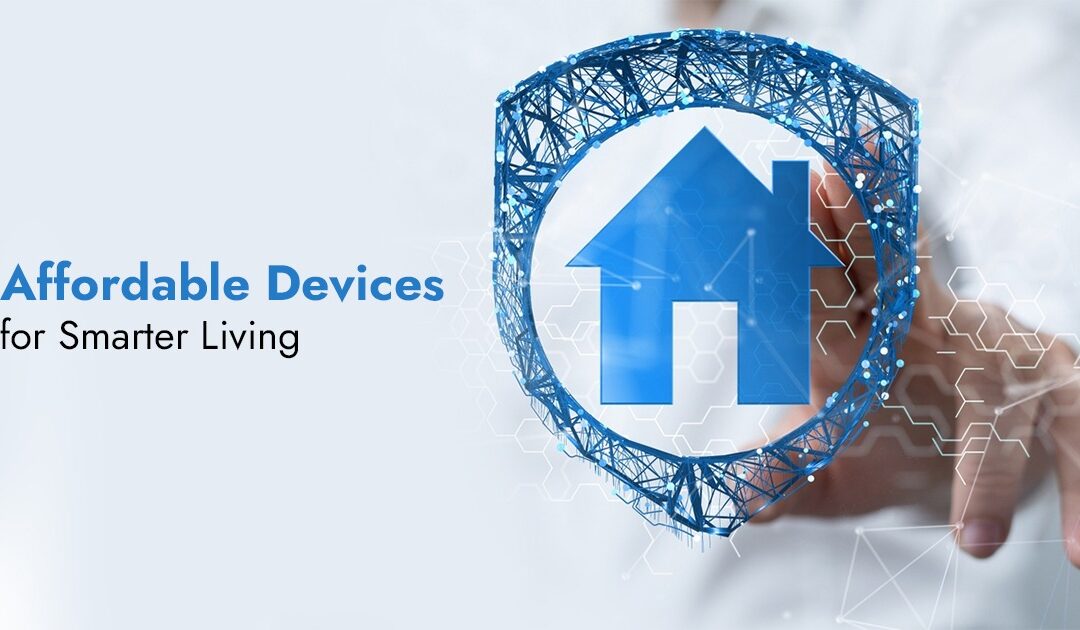Technology is continuously evolving, and home automation is no exception. While the concept of a completely controlled smart home may appear prohibitively pricey, several low-cost technologies can dramatically improve your living experience.
Smart Lighting:
- Wi-Fi Smart Bulbs: These bulbs link to your Wi-Fi network and can be controlled via a smartphone app. Change colors, brightness, and even set lighting routines with your phone.
- Smart Dimmer Switches: Replace your present dimmer switches with smart ones that link to your Wi-Fi network. These provide similar functionality as smart lights, but do not replace the bulb itself.
- Smart Plug Adapters: A smart plug adapter allows you to turn any lamp or appliance into a smart gadget. Remotely control power, set schedules, and even monitor energy consumption.
Smart Plugs:
Smart plugs are not limited to lamps; they can also operate other appliances. Turn off a coffee maker remotely, set a fan to kick on before you arrive home, or even check device energy usage. Smart power strips have comparable capabilities and include many outlets, making them perfect for controlling entertainment systems or home office settings.
Smart Speakers:
Smart speakers such as Google Home and Amazon Echo make excellent hubs for any smart home setup. These voice-activated speakers allow you to operate a variety of automation features with easy commands. Play music, control lighting, make reminders, and even get weather updates – all without using your hands.
Smart Security Systems:
- Smart Doorbell Cameras: You can see who is at your door from your phone, even if you are not at home. They can also sense motion and communicate in both directions.
- Smart Window and Door Sensors: Attach these sensors to doors and windows to receive notifications when they are opened or closed. These provide a simple yet efficient approach to monitor the security of your house.
Smart Thermostats:
Smart thermostats can learn your heating and cooling preferences, providing a more comfortable environment while saving money on energy bills. They may be operated remotely via a smartphone app and set to automatically alter temperatures throughout the day.
Smart Kitchen:
- Smart Coffee Makers: Set your coffee maker to prepare a pot before you wake up, or use your smartphone app to manage it remotely.
- Smart Leak Detectors: Install these in areas prone to leaks, such as beneath sinks or near washing machines. If they detect moisture, they will send an alert to your phone, potentially saving you from costly water damage.
Home automation, like other technologies, is always evolving. While the concept of a completely controlled smart home may appear prohibitively pricey, a variety of low-cost technologies might greatly improve your living environment. The aim is to start simple and then choose things that best suit your wants and lifestyle.
While individual devices are convenient, developing a smart environment provides a really seamless experience. Many smart gadgets integrate with platforms such as Google Home and Amazon Alexa, enabling centralized control and automation routines. This can include programming lights to switch on when you arrive home, automatically adjusting the thermostat when you leave, or developing voice-activated routines for certain chores.
Share this on:


